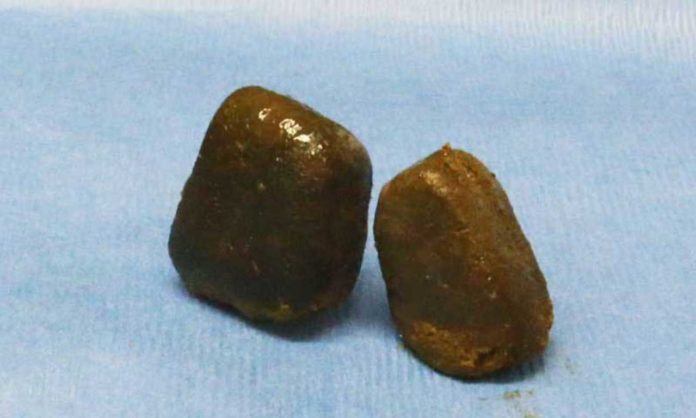Wombats, the chubby and beloved, short-legged marsupials local to Australia. They are the only animal in the world known to produce cubic poo.
This ability to form relatively uniform, clean cut feces is unique in the animal kingdom.
How do they produce cube-shaped poop?
In 2018, research revealed that wombats have a unique intestinal structure. That unique intestinal structure can shape its poo into cubes before leaving the body.
In a new research published in the Royal Society of Chemistry’s journal Soft Matter, scientists replicated the cubic formation process in a wombat’s intestine. The study could change the way geometric products are manufactured in the future.
University of Tasmania wildlife ecologist Dr. Scott Carver made the accidental discovery while dissecting a wombat cadaver as part of his primary research into treating mange disease in wombats.
The study demonstrates how a soft intestine can produce square feces.
The experimental and mathematical modeling suggests alternating stiff and soft intestinal regions leads to the creation of flat faces and sharp corners in the feces.
This process was discovered to occur in the last 17 percent of a wombat’s intestine.
Increased stiffness ratio and higher Reynolds number yield shapes that are more square.
The corners arise from faster contraction in the stiff regions and relatively slower movement in the center of the soft regions.
Georgia Institute of Technology professor David Hu said: “Coming up with this new mechanism on how you can form these corners with a knife or any sharp edges took lots of iterations, and we’ve now managed that without using the wombat itself.”
“The combination of drying out of the feces in the distal colon and muscular contractions forms the regular size and corners of the feces.”
Dr. Carver said, “Cube formation can help us understand the hydration status of wombats, as their feces can appear less cubed in wetter conditions. It also shows how intestinal stiffening can produce smooth sides as a feature of pathology.”
“Now we understand how these cubes are formed, but there is still much to be learned about wombat behavior to fully understand why they evolved to produce cubes in the first place.”
Journal Reference:
- Patricia J. Yang et al. Intestines of non-uniform stiffness mold the corners of wombat feces. DOI: 10.1039/D0SM01230K
